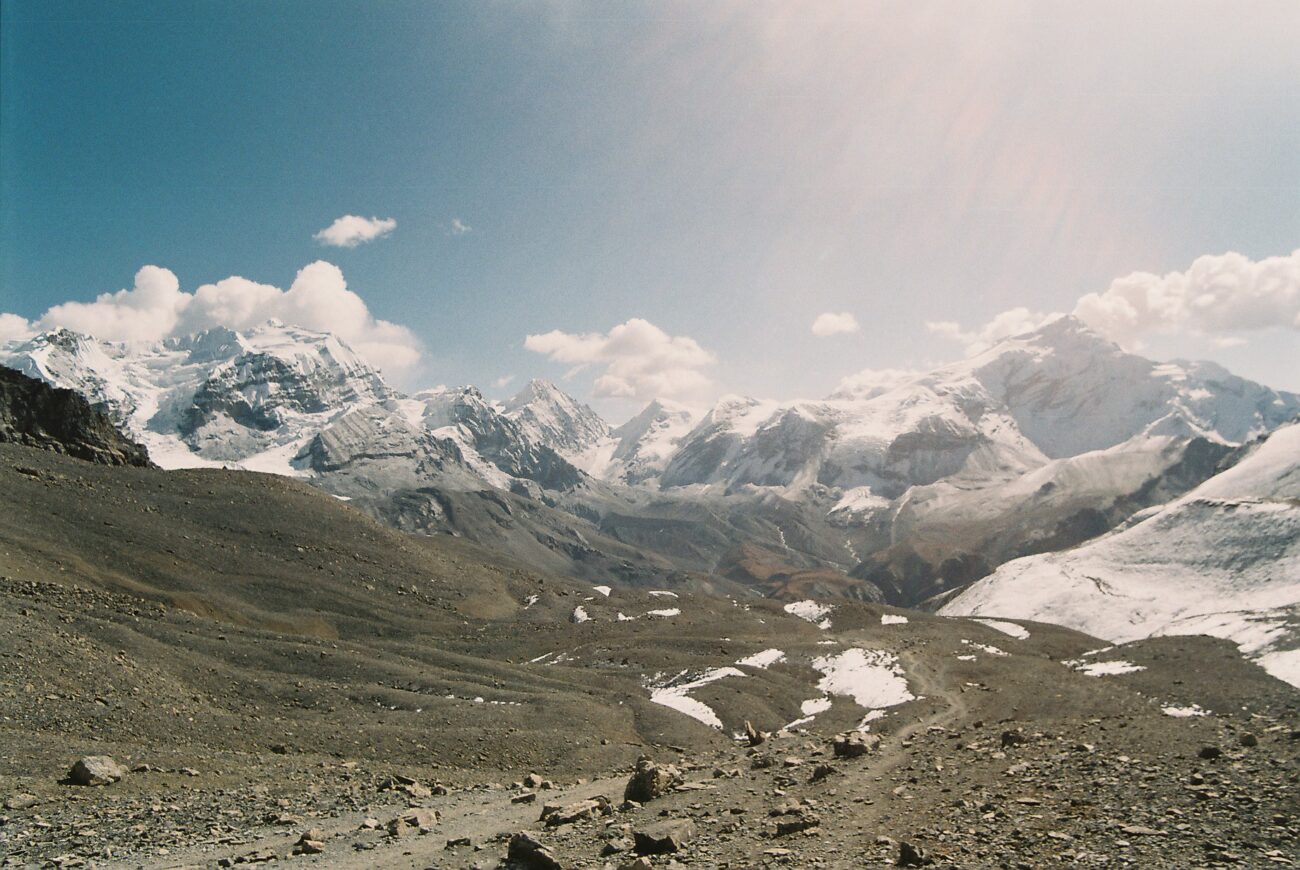PROTECT YOUR DNA WITH QUANTUM TECHNOLOGY
Orgo-Life the new way to the future Advertising by AdpathwayToday’s title is mostly a prime example of late ’90s – early 2000s kiddie book filler, but no doubt thanks to the arcane rules of licensing it manages to feature some interesting artwork all the same. The Ultimate Book of Dinosaurs (not to be confused with the vastly superior DK book from ’93) was first published in 2000 by Parragon, with this edition arriving in 2002. No fewer than 12 artists illustrated this book, but individual pieces are sadly not credited. Fortunately, certain artists have an instantly recognisable style, and that would most certainly include our old mate Steve White. Hi Steve! And sorry for dredging up your old ’90s fare…

The cover doesn’t feature any White work, of course, but I’m obliged to include it. It does feature a big peg-toothed theropod illustrated by…one of the other artists, and identified inside as Carcharodontosaurus. It would appear to owe something to Mark Hallett’s illustration of an individual inviting Deltadromeus to inspect its teeth, as featured in National Geographic in the ’90s, except this one isn’t very good. Oh well – at least it’s not a JP-style T. rex!

The Steve White pieces begin inside, and feature plenty of highly energetic predator/prey interactions with slightly skinny dinosaurs that are more 1990s than the Super Soaker 500 I owned as a child. They’re also very reminiscent of the pieces Steve produced for Dinosaurs! magazine, which only makes sense; same guy, same era. These begin with an obligatory illustration of Deinonychus attacking Tenontosaurus, which features a Deinonychus individual flying upside-down through the air while gripping Tenontosaurus‘ throat, and another adopting a pose rather reminiscent of that one stock image of a Stan Winston maquette used to promote The Lost World: JP (you know the one). There’s only one foot on the ground in the entire scene. Absolutely marvellous stuff, and Steve’s careful attention to anatomical detail contrasts with the other artists in the book, although in fairness a lot of them were probably jobbing agency illustrators. Steve finished all the illustrations featured here as pencil drawings, and they were then digitally coloured by Brian Williamson, who was working in the same studio at the time and is duly credited here.

Triceratops versus Tyrannosaurus appears as well, of course. It’s a scenario that Steve has probably illustrated about ten thousand times by now (and one such piece is on my living room wall). The way that these two multi-tonne behemoths appear to defy gravity perhaps stretches credulity a little more than the Deinonychus v Tenontosaurus piece, but then, it was the ’90s and everything had to be XTREME. (Or maybe they’re both about to fall over and the Triceratops will crush the tyrannosaur’s ribcage.) What most impresses about this piece, especially when compared with Steve’s earlier work, is the sheer gnarliness of the dinosaurs. That Triceratops looks positively weathered and crusty, even in monochrome, with an aesthetic that reminds me of nothing so much as the Safari Great Dinosaurs Triceratops toy. (I know, I’m sorry.) You’ll note that Triceratops has rather accurate hand anatomy and is remarkably well-referenced at a time when that would have been quite difficult. Steve’s ’90s work deserves to be remembered along with the best of the era.

Further laudable Steve White qualities are exhibited in the above piece featuring Coelophysis chasing a small croc-line archosaur thingy. Just look at the dynamism of the creatures and the admirable range of perspectives on their bodies, giving us an excellent apprecation of their form. Their hollow…form. While looking shrinkwrapped by today’s standards, this is nevertheless a wonderful depiction of the animal.

In the end, though, you can’t beat the sight of a large theropod being sent flying through the air by the terrifyingly muscular force of an especially enraged stegosaur’s tail. So, here you go. Tuojiangosaurus was already annoyed by kids sniggering at its pronunciation guide in the NHM (two-wang-o-saurus, heh heh heh) long before any meddling metriacanthosaurs turned up. It’s a piece so extremely Bakkerian and ’90s, even the portly stegosaur with its graviportal limbs only has one foot on the ground. Simply fantastic.

Scholars of the long and chequered history of Spinosaurus reconstructions – of which there seem to be a very many these days – will be pleased to note that Steve contributes two turn-of-the-century reconstructions of Nizar Ibrahim’s favourite dinosaur to this book. Unsurprisingly, they are rather like the famous JP3 version, only a little less monsterised; they’re clearly more gracile, with slimmer jaws and just the single midline crest on the skull. (Of course, the InGen creations were just genetically engineered theme park monsters, and it’s not as if a heavily implied plot point of JP3 was that Grant was kidding himself.) In any case, while the animal’s skull is quite painfully shrinkwrapped, I can’t help but admire how prescient and well-researched this reconstruction otherwise is. Although, to be fair, one could just call it ‘Baryonyx with a sail’. Lovely water splashes and skin textures, too (Steve’s good a those).

The straightforward lateral view reveals the ‘sailed Baryonyx’ body plan, which is a very fair assumption for the time. Add this one to the grand Spinosaurus reconstruction timeline, please. (But do something about the page fold.)

Further White-o-saurs include this unlikely Struthiomimus and Alamosaurus pairing, the latter looking very strange by modern standards, although that might be a combination of the poorly-understood nature of the animal at the time and, er, this illustration being mislabeled. (It happens; we’ll get to that.) The ornithomimosaur is, again, very skinny in that ’90s way, with alarming caudofemoralis shrinkage and a forelimb configuration threatening to leave the rest of its body. But, such was the style at the time. This is still a masterclass in shading.

Struthiomimus‘ relative Ornithomimus gets a close up and, frankly, it’s a little disturbing. It reminds me of William Stout’s stuff from the ’80s and ’90s in that it’s a technically superb illustration that nevertheless presents an animal that’s essentially a skeleton with the bare minimum of soft tissue applied to it. There’s no denying the artistic skill, of course, but it’s an illustration very much of its era.

Our last two illustrations concern Tyrannosaurus, an obscure highly derived non-avian coelurosaur not known for ever hogging the spotlight. Steve has emphatically denied that these illustrations owe anything to Jurassic Park, and it’s true that they are much closer to the real animal than the JP version; the pointy bosses over the eyes and somewhat similar neck wrinkles can probably be attributed to them having the same palaeoart forebears. The JP T. rex didn’t emerge from a vacuum, after all. In the above illustration, I’m almost more impressed by Steve’s ability to expertly draw a hunk of meat than an extinct beastie. John Sibbick, eat your gory heart out.
And finally…this isn’t Tarbosaurus, it’s T. rex again. I’d like to see the original of this, because it feels like it’s cut from a larger illustration. I’ve also been assured that it has nothing to do with JP, even if those pyramidal protuberances might persuade you otherwise. Again, the JP designs have become so solidified in pop culture that it can sometimes be hard to remember that they fit into a palaeoart canon and were themselves the product of earlier influences, as much as they influenced later depictions. Besides, that lower jaw is far narrower.
Next time: other stuff from the book!























 English (US) ·
English (US) ·  French (CA) ·
French (CA) ·